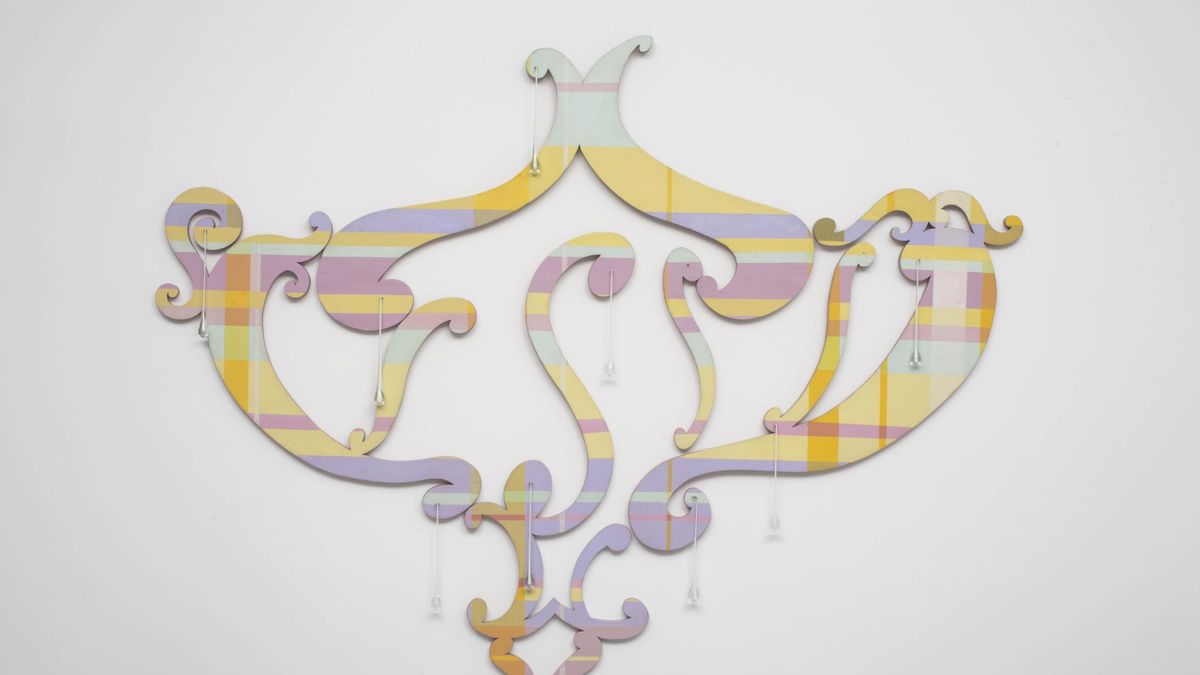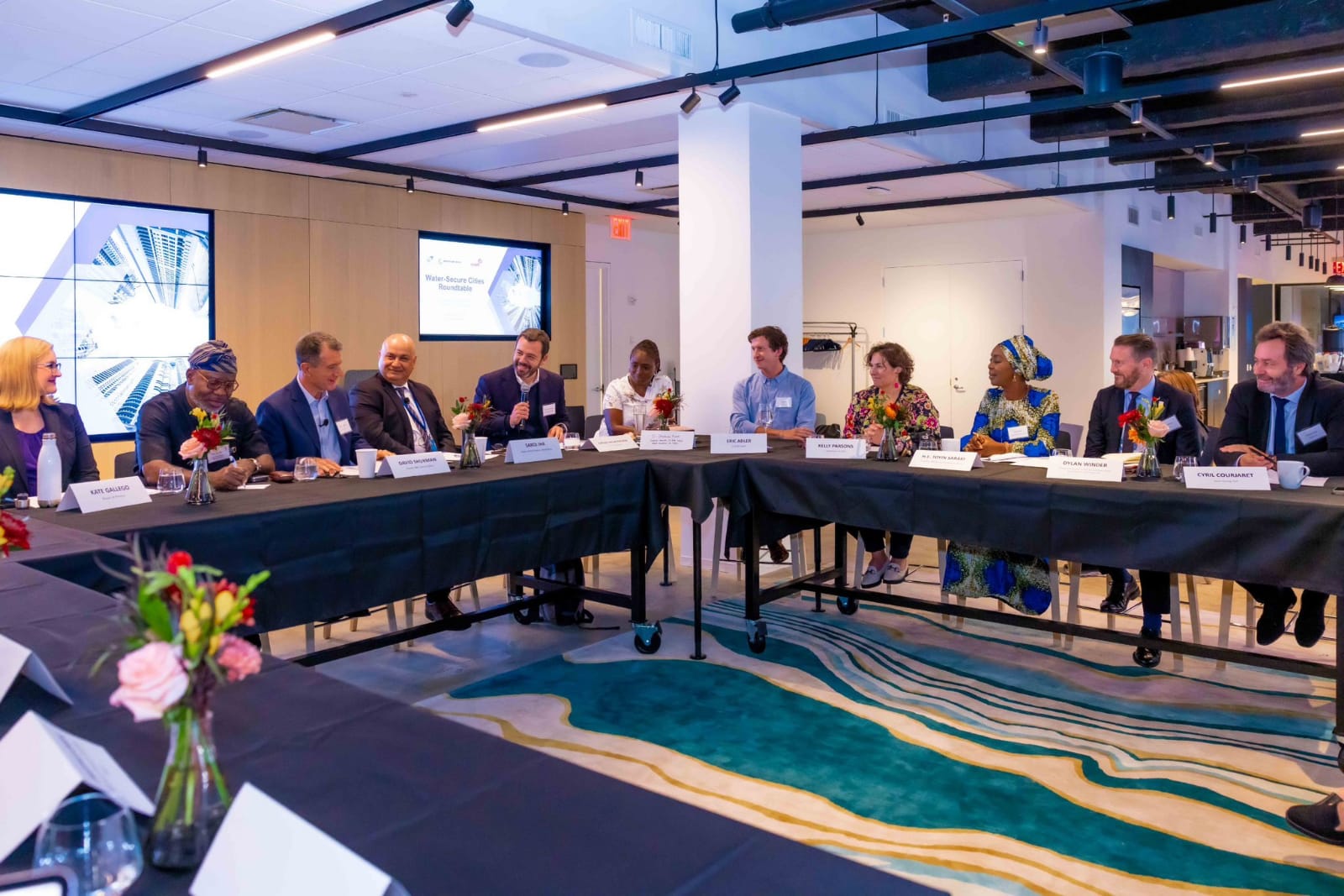According to the curator Daniela Zattarageneral coordinator of Culture of the Rojas Cultural Center, “In the language of art as in grammar, the imperfect preterite evokes past actions whose influence persists in the present”.
Precisely, “Pretérito Imperfecto – 40 years of Visual Arts at the Rojas” is an exhibition that brings together more than 40 names that are today emblematic for their diverse expressions and innovation, emerging from that institution, and who have a name in the national and international context. As an artist and curator Jorge Gumer Maier (1953-2001) was a central figure in the art and debates of the 1990s, as he was in charge of this gallery, now completely renovated, from 1989 to 1996.
Several books were dedicated to Rojas, among them “The eye of the beholder – artists of the 90s”from art criticism Victoria Verlichak which in its introduction compares the 90s with the Menem era, although the artists interviewed were not interested in discussions of a social, economic or political nature. The author points out that “In the art of the 90s there is no hierarchy, styles, themes or genres.”
In one of the first interviews he describes Gumer Maier as an “intermittent artist” who captured the vitality of part of the art of those times, focusing his interest on low and high culture, the humble, the ephemeral, the everyday.
When visiting this exhibition, reference is also made to those who directed this centre: Alfredo Londonibere (1997- 2002), Magdalena Jitrik (1991-1994), Eva Grinstein (2005-2006), Maximo Jacoby (2007-2015) and the photo gallery created by Alberto Goldenstein in 1994.
Another enlightening book is “Argentine Artists of the 90s”editorial production of Patricia Rizzopublished in 2000 by the National Endowment for the Arts, on which they worked Luis Fernando Benedit, Marcelo Pacheco, Gumer Maier y Thomas Eloy Martinez.
A time of radical changes, globalization of the international scene, proliferation of biennials, “many neos and posts”categories gay art, queer art, gender art, which contradicts what was pointed out by Enlighten; feminine art that has been accentuated in recent times, but at the same time, a great diversity of aesthetics and dialogues that coexist.
In one of the texts in the room we read: “At the time, Rojas served to desacralize a certain idea of “artisticity” and incorporate elements of popular ornament. It was a less pretentious art with a more loving relationship in construction. In addition, there was a certain air of amateurism in the face of a professionalizing stupidity that affected the entire art world.”
From another text written in 1989 by Gumer Maierwe extract: “Art, the sacred, slips away from pretensions, suffers from fleetingness, settles where it is not named”The Rojas gallery gained great visibility in 1991/92 when it joined the ICI, Cultural Center of Spain, the gallery Ruth Benzacar which showed the poetics of pop, minimalism, the concrete and also kitsch.
Among the artists, The exhibition “The Women of Rojas” at the Fortabat Foundation should be remembered, Nicola Constantino, Rosana Schoijett, Pablo Suarez, Roman Vitali, Fabian Burgos, Luis “Bulgaro” Freisztat, Roberto Jacoby, Marcos Lopez.
On this tour you can see what Gumer Maier gathered and was in some way accused of “empty and banal work” as the critic remembers it Fabian Lebenglikformer director of the institution. Gumier and Rojas synthesize the end of the dictatorship and the beginning of democracy, an underground world in which social changes were created by emerging artists, as the collector points out. Gustavo Bruzzoneto whom the exhibited works belong.
Intimate, homely, sexually-related, nostalgic worlds that took on a centrality never seen before in our visual arts. It was a place of freedom, unprejudiced, of rupture, where manual labor was vindicated.
On the occasion of this exhibition the book was presented “Argentine art of the 90s” of Fabian Lebenglik y Gustavo Bruzzonewhich brings together essays, documents, testimonies and chronologies, and was published by Adriana Hidalgo (2023).
Closing on October 16. Corrientes 2038 Monday to Saturday from 10 a.m. to 8 p.m. Free admission.


